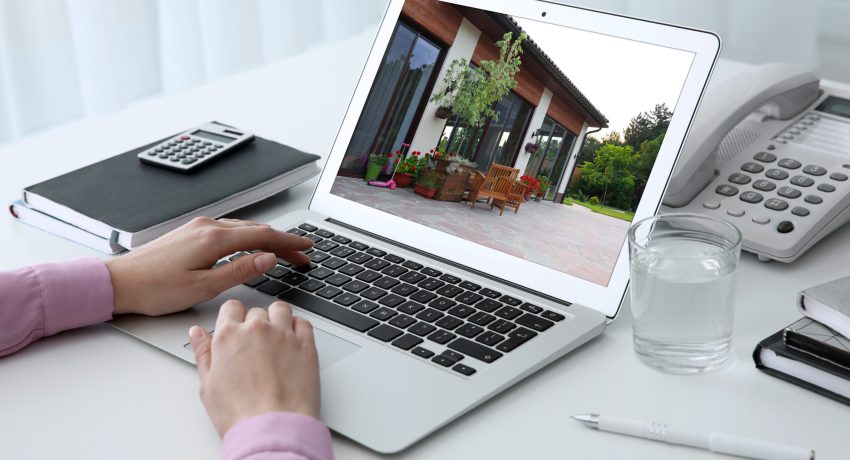There are many reasons buyers might need to purchase a home sight unseen, including job transfer from another state and the inability to view a home due to challenging social times, such as in the case of the coronavirus pandemic. Although it is scary to buy a home without being able to inspect it in person, it is possible, especially with the help of a good real estate agent.
Many real estate professionals who work in local areas around military bases are used to selling homes sight unseen. While not the preferred way of conducting a sale, they are able to make it work every step of the way, through home inspections and even final walk-throughs. If you find yourself with clients who need to purchase a house without seeing it first, feel confident that there are ways to make the process go relatively smoothly.
Modern technology makes selling a home sight unseen pretty efficient. While not quite as easy as pushing a ‘buy’ button, these types of transactions do go through regularly, many times in the cases of luxury real estate buyers who make offers from overseas.
When buyers are purchasing property that is not intended as a primary residence, for instance, a vacation or rental home, they will also often turn to agents to buy sight unseen. In these instances, there is not as much pressure to find that ‘perfect’ house or condominium, so buying from afar will do.
What are the pro tips that you can use to help you help your clients when they need to minimize the unknown that comes with purchasing sight unseen? From FaceTime to Google Earth and other online tools, and through virtual walk-throughs and utilization of school rating sites like Great Schools, your buyers can learn as much about a property as they need to feel confident in their purchase. Here’s how your assistance as a real estate expert can come into play.
Tap into Your Expertise as a Local Area Guru
When your clients buy sight unseen, they are going to depend on an extra layer of trust from someone who is extremely familiar with the area they are moving to. Your eyes will be their eyes in this transaction. You should be able to completely convey the finest details of living in your city, from a particular neighborhood’s demographics to restaurant and shopping options. Advise your clients on traffic, school districts, crime data, and anything else that will be important once they are in their new home.
Use FaceTime for Home Walk-Throughs
As you help your clients choose a new home, you can visit properties in person and use FaceTime for your buyers’ virtual walk-throughs. Virtual tours offer much more perspective than online photos. They often give more detail into the size of rooms and yards. FaceTime walk-throughs help convey the flow of a home and your client will be able to ask you questions about the property in real-time.
Bring a Friend or Family Member Along on Tours
If your clients have friends and family members in their new city, suggest that they come along on property visits. Close friends and family may be a good extra set of eyes as they are often privy to important information that may help buyers choose between one house and another.
Share Street and Tract Information with Google Earth and Other Online Tools
Google Earth and Google Maps are great ways to provide more details about the properties you suggest to clients. Through Google Earth, buyers can view neighbors’ houses and get a feel for the street they might live on. Google Maps offers live traffic and commute times, which is especially helpful when viewed during rush hours. Walk Score is a great tool to share with your clients if they want to see how easy it is to get to grocery stores, shopping malls and restaurants by foot.
Stress the Importance of Inspections
Your buyers should hire a licensed property inspector to scout out a home’s potential problems and safety concerns. While under contract and within an inspection contingency period, it is usually smart to hire other inspectors as well including sewer, mold, tree and structural inspectors. All of these professionals can help provide more assurance of a home’s fit for your clients who are taking the leap of buying sight unseen.
While not recommended, purchasing property sight unseen is often a necessity, so real estate professionals should help mitigate risk by offering the tools needed for clients to do their due diligence from a distance.








